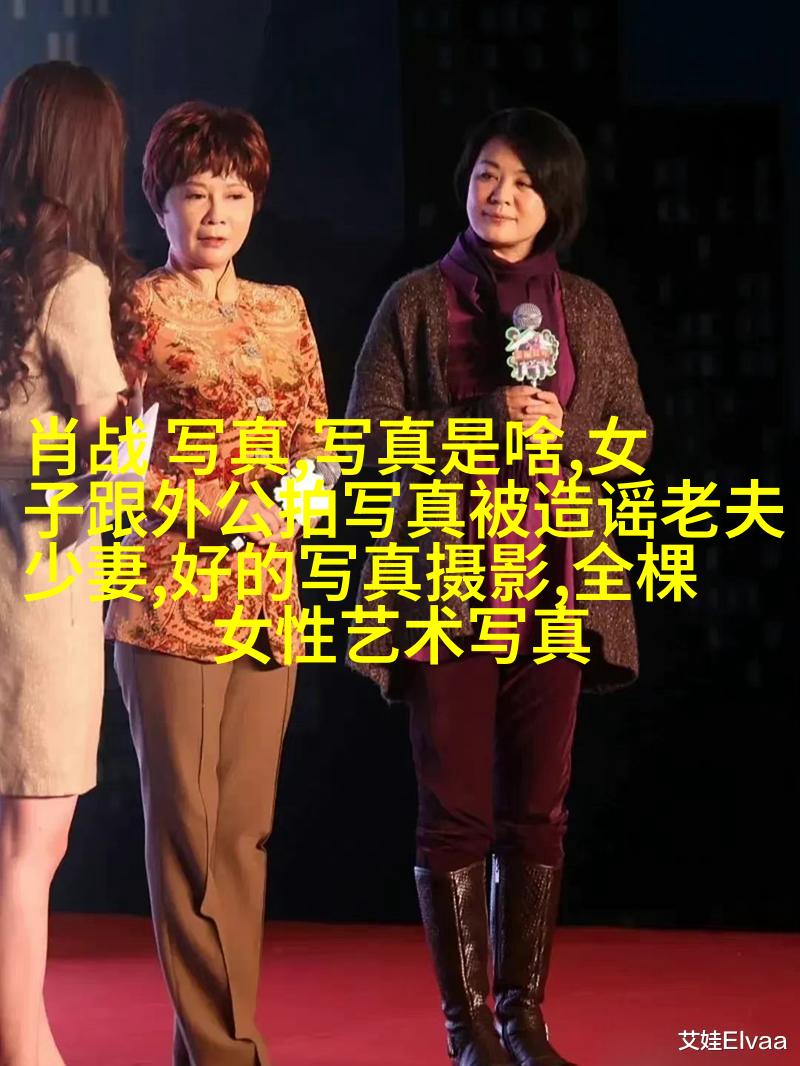日本电影日式电影艺术
日本电影的诞生与发展

日本电影自20世纪初期开始逐渐崭露头角,随着时间的推移,它们在世界范围内赢得了越来越多的关注和赞誉。从最初的默片时代到后来的彩色电影,再到现代高科技制作,日本电影不断创新,不断进步。
如何影响国际影坛?

早期的日本电影主要受到西方电影艺术的影响,但很快就形成了自己独特的声音和风格。比如,“大河剧”这样的长篇电视剧不仅在国内深受欢迎,也被出口至全球各地。在国际上,日本影片以其独特的情感表达、细腻的人物刻画以及对日常生活细节处理得当而闻名。
代表作品及导演

无论是古典老作还是现代杰作,日本都有许多著名导演和影片留下了深刻印象。宫崎骏(Akira Kurosawa)的《七武士》便是其中最具标志性的一部,这部作品融合了东方武侠故事与西方浪漫主义美学,是一部经典之作。而今朝绮罗(Imamura Shohei)的《阿修罗》(A FISTFUL OF DOLLARS)则展现出一种不同于传统日式叙事的手法,为后来的亚洲新波运动提供了灵感。
文化元素及其意义

在讲述故事时,很多日本电影都会融入丰富的地理环境、历史背景或宗教信仰等元素。这使得观众不仅能欣赏到精湛的艺术技巧,还能体验到不同的文化氛围。例如,《黑暗黎明》(Rashomon)这部关于人性的复杂探讨,它通过几个不同的视角展示同一事件,从而揭示人类行为背后的复杂性。
**社会反映与批评

Japanese cinema has always been known for its ability to reflect and critique society. From the post-war era's "Jidaigeki" films, which portrayed the struggles of the common people during feudal times, to contemporary films that tackle issues such as alienation and social isolation in modern Japanese society.
For example, Takashi Miike's "Audition" is a psychological thriller that delves into themes of obsession and manipulation. On the other hand, Hirokazu Kore-eda's "Shoplifters" explores issues of family dynamics and what it means to be part of a community.
These films not only provide entertainment but also offer a window into Japan's cultural psyche.
**未来趋势
As technology continues to advance, we can expect Japanese cinema to evolve further. With advancements in CGI and virtual reality (VR), filmmakers are able to create immersive experiences like never before.
Furthermore, with more international collaborations on the rise, we may see even more diverse perspectives being brought together under one roof.



